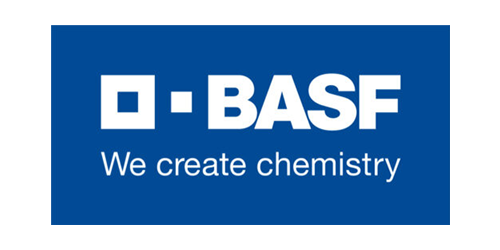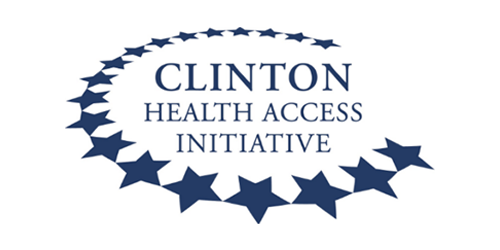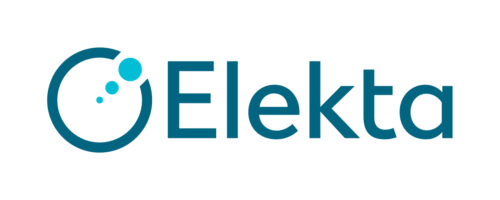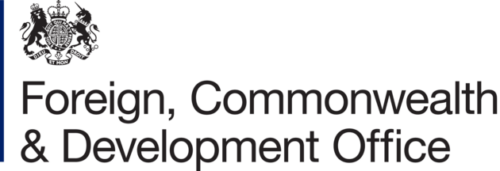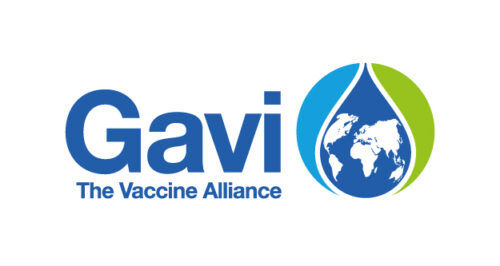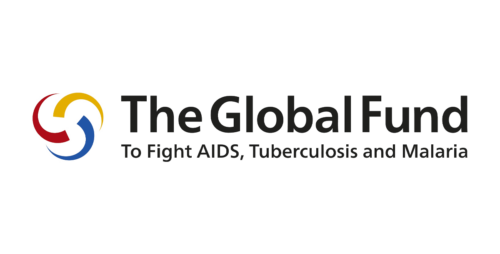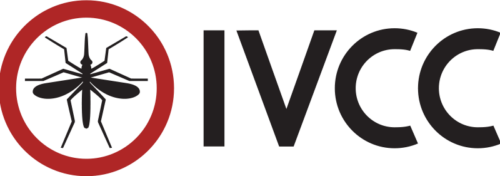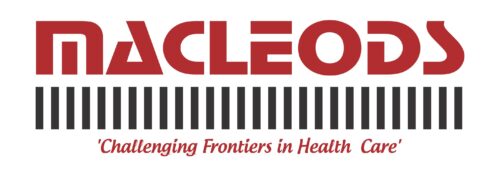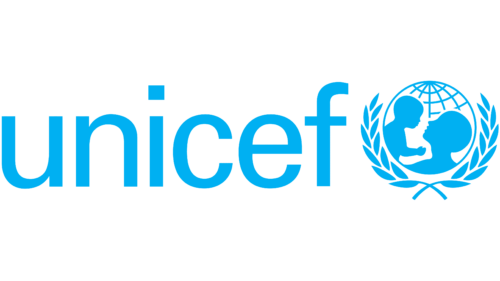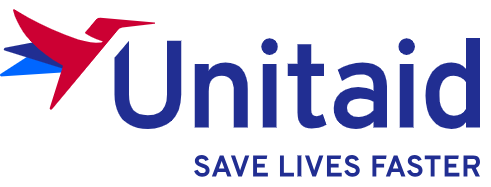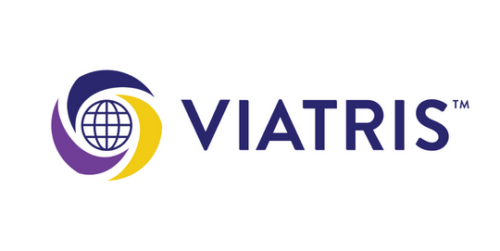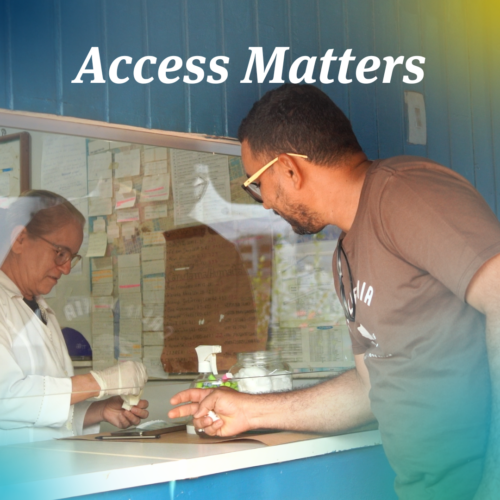Sickle cell disease diagnosis
Sickle cell disease (SCD) is the most common genetic disease in the world. The mortality rate among young children who do not receive appropriate treatment is as high as 90%.
MedAccess provided a working capital facility to Hemex to enable the company to scale up access to its Gazelle® SCD testing platform.
© Hemex Health
Our
partners
The challenge
Public health
SCD is a genetic condition that affects red blood cells, causing them to become stiff and crescent-shaped. These misshapen cells can block blood vessels, leading to pain, organ damage, and serious complications like anaemia, strokes and infections.
Without proper care, children with SCD face high risks – especially in low-resource settings – with up to 90% dying before age five. Around 500,000 babies are born with SCD each year, mostly in Sub-Saharan Africa and India.
Early diagnosis through newborn screening can save lives by enabling timely treatment – such as antibiotics, malaria prevention and vaccinations – and non-medical interventions. Despite its global impact, access to screening and care remains limited in many countries, making SCD a major public health concern recognised by the UN and WHO.
Market situation
In high-resource countries, newborn screening and proper care have greatly improved life expectancy for people with SCD. But in low-resource settings, scaling up testing and treatment is difficult, meaning millions of children are not tested and therefore those with SCD do not start treatment early.
Standard tests used in many countries rely on expensive equipment and skilled staff, which many low-resource areas cannot afford or support.
Near point-of-care (POC) testing, which takes place where the patient would be treated rather than in a laboratory, offers a more practical alternative, especially in remote regions. Hemex’s Gazelle® device is portable, accurate, and designed for use in these settings, helping make early diagnosis and care more accessible and affordable.
The product
The product
The Gazelle® diagnostic platform, launched in 2021, is a major innovation in sickle cell testing. It offers highly accurate, lab-quality results in minutes, using a simple, portable device that does not require expert training.
It uses a small reader and disposable cartridges to analyse blood samples, delivering results in just eight minutes.
Gazelle® is accurate and easy to use in low-resource settings, and can also test for other conditions like malaria, hepatitis, and COVID-19. Clinical studies show it performs as well as standard lab tests.
The partnership
MedAccess has provided a $2.5 million working capital facility to Hemex.
Hemex will work to scale up access to its Gazelle® platform in India, the Middle East and sub-Saharan Africa.
Impact projections
SCD is a neglected area with limited global funding to support screening and early intervention. Hemex’s SCD test provides a near POC testing option that is easy to use and accurate.
The working capital facility will contribute to increased access to SCD testing through support for continued Hemex growth in India and across sub-Saharan Africa.
Lives changed
MedAccess projects that an additional six million people will be reached with SCD testing on the Gazelle® platform during the working capital facility’s three-year tenor.
Markets shaped
The working capital facility is expected to have significant market shaping impact on the sickle cell diagnostic market, and potentially impact the wider health system through increasing access to novel low-cost, accurate blood tests:
- Accelerate scale-up
- Encourage innovation and investment
- Build competition.
How we calculate the impact of this agreement
Lives changed
People reached estimates are based on the public health context and expected usage rates of the Hemex Gazelle® platform.
Markets shaped
We work with partners, including donors, procurers and Ministries of Health, to track changes in health markets where our investments are supporting access to products. We monitor for changes to policy, procurement practices and supplier movement, all of which affect markets and contribute to the long-term sustainability of impact.
Sustainable Development Goals (SDGs)
SDG 17
SDG
3.3
By 2030, end the epidemics of AIDS, tuberculosis, malaria and neglected tropical diseases and combat hepatitis, water-borne diseases and other communicable diseases
3.8
Achieve universal health coverage, including financial risk protection, access to quality essential health-care services and access to safe, effective, quality and affordable essential medicines and vaccines for all
3.b
Support the research and development of vaccines and medicines for the communicable and non-communicable diseases that primarily affect developing countries, provide access to affordable essential medicines and vaccines, in accordance with the Doha Declaration on the TRIPS Agreement and Public Health, which affirms the right of developing countries to use to the full the provisions in the Agreement on Trade-Related Aspects of Intellectual Property Rights regarding flexibilities to protect public health, and, in particular, provide access to medicines for all
SDG 10
10a
Implement the principle of special and differential treatment for developing countries, in particular least developed countries, in accordance with World Trade Organization agreements
SDG 17
17.6
Enhance North-South, South-South and triangular regional and international cooperation on and access to science, technology and innovation and enhance knowledge sharing on mutually agreed terms, including through improved coordination among existing mechanisms, in particular at the United Nations level, and through a global technology facilitation mechanism
17.7
Promote the development, transfer, dissemination and diffusion of environmentally sound technologies to developing countries on favourable terms, including on concessional and preferential terms, as mutually agreed
17.10
Promote a universal, rules-based, open, non-discriminatory and equitable multilateral trading system under the World Trade Organization, including through the conclusion of negotiations under its Doha Development Agenda
17.17
Encourage and promote effective public, public-private and civil society partnerships, building on the experience and resourcing strategies of partnerships
Discover more about this partnership

18 September 2025






